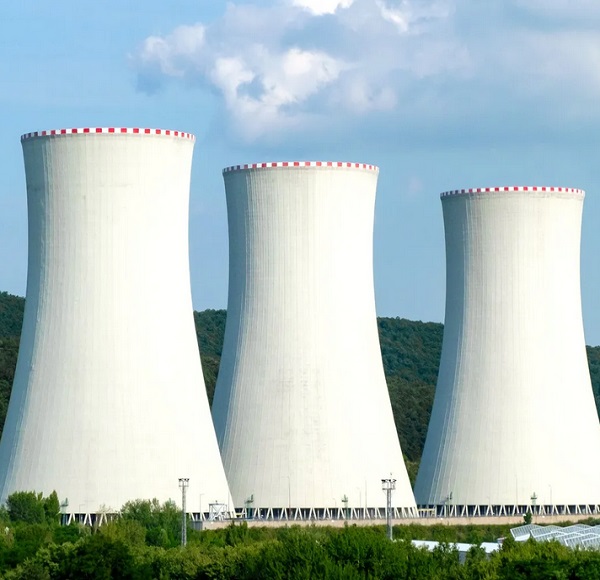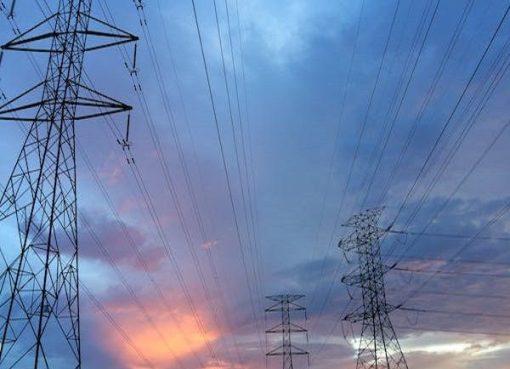Nuclear power plants produced 18 percent of the electricity generated in the United States in 2022—but even after decades, the technology still has drawbacks in terms of efficiency. Nuclear power plants are expensive to build. Even more importantly, they have trouble quickly ramping up and down electricity production in response to fluctuations in the grid’s energy prices. Combined, these factors make it difficult for nuclear power to achieve profitability.
Raghav Khanna, an associate professor of power systems at the University of Toledo, in Ohio, was motivated to “salvage” nuclear power plants that are operational but not price competitive. “When the demand on the grid is low, selling nuclear-derived power to the grid is not very economical,” Khanna said. “So the energy providers for the nuclear power plant are not going to make a lot of bang for their buck.”
Khanna and other researchers from the University of Toledo created a machine-learning model to study the profitability of combined nuclear and hydrogen energy-generation systems, known as nuclear-renewable integrated energy systems. The study, which was done in conjunction with the U.S. Department of Energy’s Idaho National Laboratory, is part of a larger push from the U.S. government to expand the market for green hydrogen and increase interest in sources of renewable energy in the grid.
One approach to making nuclear power more profitable—and therefore more attractive—may be to integrate nuclear power plants with hydrogen-electrolyzer and fuel-cell systems to generate and store hydrogen gas. When demand on the grid is low and the sale price of electricity is lower than nuclear power operational costs, the electricity generated from nuclear power can instead be used to produce hydrogen. When demand on the grid rises again, any hydrogen that was stored can be fed through the fuel cell and turned back into electricity to sell on the grid. This idea of “various players trading and receiving and distributing energy, based on dynamic grid pricing” is known as transactive energy, Khanna said. Excess hydrogen gas could also be sold to chemical manufacturers as a feedstock for sustained reactions.
Transactive energy has the potential to increase revenues for energy providers and reduce costs for energy consumers by making complex decisions around energy generation, exchange, and sales. But the complexity can also be a downside: In order to increase profits, the system must optimize for the right moments to switch between different modes of operation, which can be challenging with dynamic pricing.
That’s where modeling with a type of machine learning called deep-reinforcement learning can help. In their study, the researchers built on their previous work modeling transactive energy systems, but added more granular details to the hydrogen electrolyzer and fuel cell models. The electrolyzer and fuel-cell models were based on solid oxide hydrogen technology, a promising new design for hydrogen electrolysis and fuel cells that can make the processes more efficient and cost effective.
The study took into account the nuclear power plant, electrolyzer, and fuel-cell operations to model the system’s voltage and current. Deep reinforcement-learning models determined the right times to switch between operations by comparing the power generated against the demand on the grid.
Machine learning is needed to make those decisions because the grid price is a “moving target,” Khanna said, that is affected by variables like the weather, the availability of other renewable energy sources like solar and wind, location, and the time of day.
It boils down to “where is the demand, where is the supply,” Khanna said. “If it was a fixed number, then you wouldn’t need deep-reinforcement learning—you’d just use a simple controller.”
The model predicted that integrating hydrogen production with nuclear power results in a 27 percent increase in revenue over a period of 120 days. In their future work, the University of Toledo researchers want to add more detail into the model, such as the effect of including power converters and a more granular representation of nuclear power plants.
Despite existing clean-energy investments and initiatives, there is still a lack of energy projects built that take advantage of hydrogen technology to increase energy producers’ efficiency and profitability. The researchers hope this model can be a blueprint for building such a system in the physical world.
Source: Spectrum










